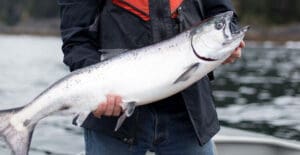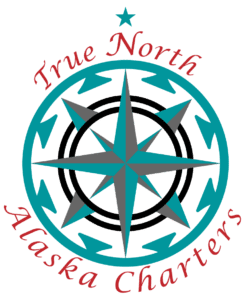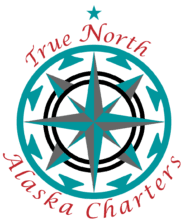
Alaska, known for its breathtaking landscapes and abundant wildlife, is also home to one of the most remarkable fisheries in the world—the salmon industry. For centuries, salmon have played a vital role in the lives of Alaska’s indigenous peoples, sustaining communities and providing a significant source of food and commerce. However, as we progress into the 21st century, it becomes increasingly crucial to understand the historical significance of the salmon industry in Alaska and explore effective measures to conserve this precious resource for generations to come.
- Ancient Roots and Indigenous Harvesting: The story of Alaska’s salmon industry begins with the indigenous peoples who have inhabited the region for thousands of years. Native Alaskan communities developed sustainable fishing practices, using nets, traps, and weirs to catch salmon during their annual migrations. Salmon not only served as a crucial food source but also played a central role in cultural traditions and ceremonies, highlighting the deep connection between the indigenous communities and the fish that sustained them.
- The Commercial Boom: The late 19th century witnessed a surge in commercial fishing in Alaska, driven by the discovery of gold and the subsequent influx of settlers. The advent of canning technology revolutionized the salmon industry, allowing for preservation and long-distance transportation. Canning plants sprouted along the Alaskan coast, providing employment opportunities and transforming salmon into a globally traded commodity. However, the rapid growth of the industry raised concerns about overfishing and the potential for long-term depletion.
- The Sustainable Approach: Recognizing the need to protect this valuable resource, Alaska became a pioneer in sustainable fishing practices. In 1959, the state implemented the Alaska Department of Fish and Game, which introduced strict regulations, such as limited entry permits and fishing quotas, to ensure the long-term viability of the salmon industry. These measures aimed to strike a balance between commercial fishing interests and conservation efforts, leading to the establishment of sustainable fishing practices that are still in place today.
- Conservation Challenges: Despite Alaska’s efforts, the salmon industry faces several challenges that threaten its sustainability. Climate change, habitat degradation, and pollution have the potential to disrupt salmon populations and their natural spawning grounds. Additionally, competition from international fisheries and unsustainable practices in neighboring regions can impact the overall health of salmon stocks. These challenges call for continued vigilance and adaptation to protect the future of the salmon industry.
- The Path to Conservation: To conserve Alaska’s salmon industry for future generations, it is crucial to focus on a multi-faceted approach:
a. Habitat Preservation: Protecting the pristine habitats where salmon spawn and grow is paramount. Conservation efforts should include monitoring water quality, preventing pollution, and safeguarding critical areas like wetlands and estuaries.
b. Sustainable Fishing Practices: Maintaining strict fishing regulations, such as limited entry permits, seasonal restrictions, and catch quotas, is essential to prevent overfishing. These measures should be regularly reviewed and adjusted based on scientific research and data.
c. Climate Change Mitigation: Addressing the impacts of climate change is vital. This involves reducing greenhouse gas emissions, supporting renewable energy sources, and developing strategies to adapt to changing environmental conditions.
d. Community Engagement and Education: Involving local communities, indigenous peoples, and stakeholders in conservation initiatives fosters a sense of responsibility and stewardship. Public awareness campaigns and educational programs can promote sustainable fishing practices and the importance of preserving Alaska’s unique salmon ecosystem.
Conclusion: Alaska’s salmon industry has a rich history deeply intertwined with the cultural heritage of its indigenous communities. Balancing the economic benefits of the industry with the need for long-term conservation is crucial. By prioritizing habitat preservation, sustainable fishing practices, climate change mitigation, and community engagement, we can ensure the continued prosperity of Alaska’s salmon industry
Eric Olsen, Owner of True North Alaska Charters was raised in a commercial salmon fishing family back in the 1960’s. The commercial fisherman in Alaska depend on a strong and successful management of the industry as it comes under pressure from multiple directions.

